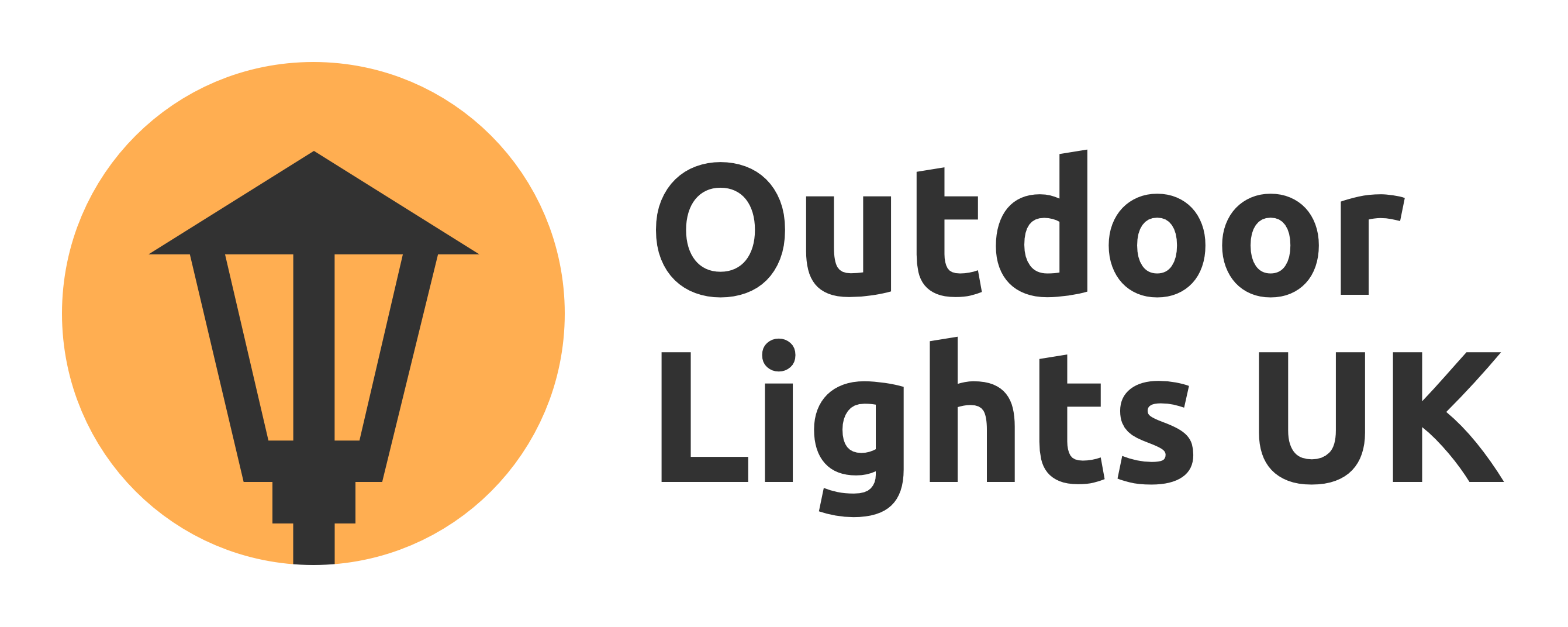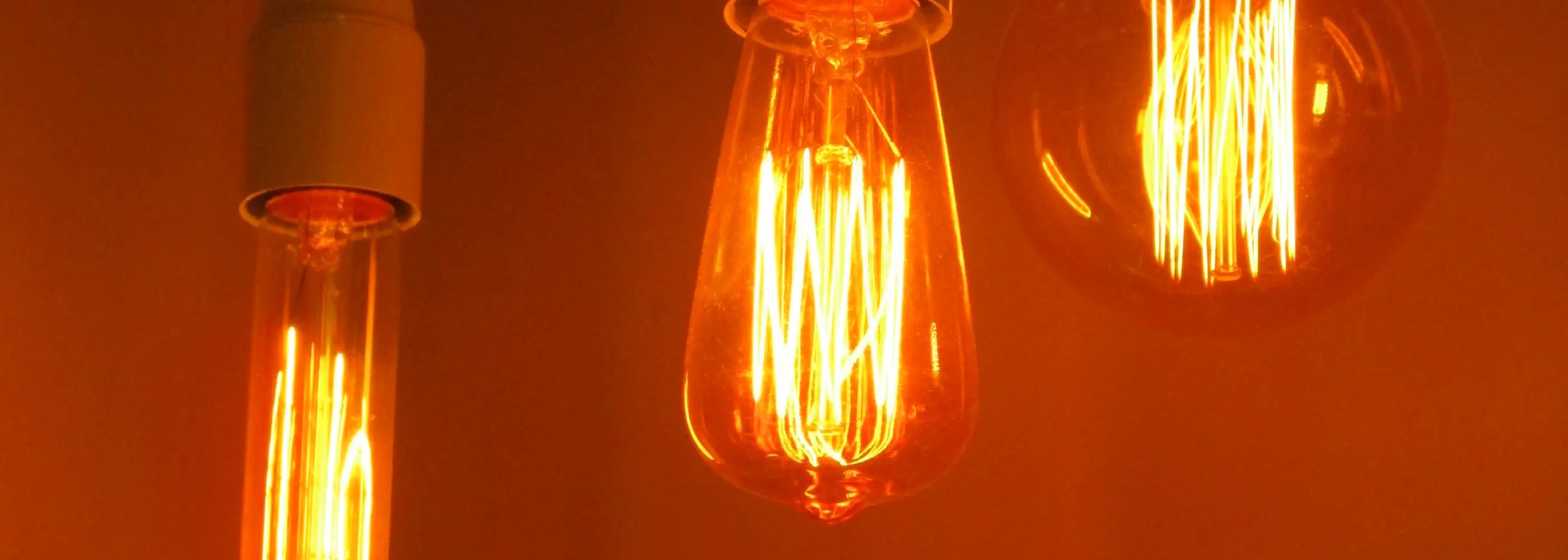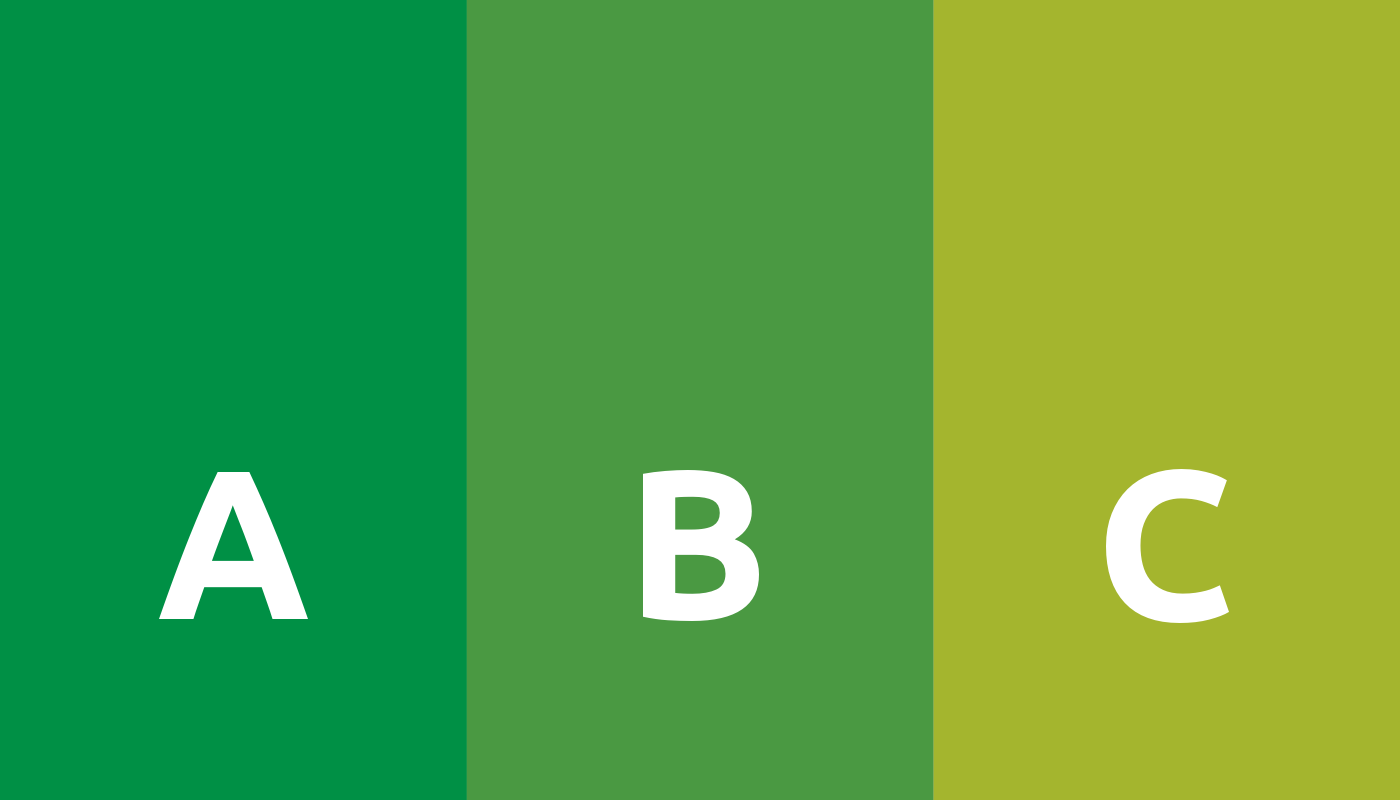Choosing the right light bulb might seem straightforward, but with the variety of options available today, it can quickly become overwhelming. This guide will break down everything you need to know about light bulbs, including their types, uses, efficiency, fixtures, wattage, and colour temperatures, to help you make the best choice for your outdoor lighting needs.
1. Types of Light Bulbs
Incandescent Bulbs
Overview
Incandescent bulbs have historically been popular for their warm and inviting glow. However, due to energy efficiency regulations, their general sale in the UK has been largely phased out. They remain available for certain specialty uses, such as decorative string lights or vintage-style fixtures, but are no longer practical or widely sold for standard household or outdoor lighting.
When to Use
- Ideal for achieving a nostalgic or vintage aesthetic in decorative fixtures.
- Not recommended for sustained or functional lighting due to poor energy efficiency and short lifespan.
Halogen Bulbs
Overview
A step up from incandescent bulbs, halogen bulbs use a small amount of halogen gas to increase their efficiency and lifespan. They produce a bright, white light that closely mimics natural daylight, making them a popular choice for task or security lighting. However since 2021, the sale of Halogen bulbs has been banned in the UK (except for specific uses like over lighting).
Brightness
Brighter than incandescent bulbs, with excellent colour rendering for more vivid and accurate lighting.
Energy Efficiency
20-30% more efficient than incandescent bulbs but still significantly less efficient than LEDs. Lifespan is slightly improved but generally under 2,000 hours.
When to Use
Effective in certain appliances such as ovens, however on the whole LEDs are a better all round option.
LED Bulbs
Overview
LED (Light Emitting Diode) bulbs are the most energy-efficient and versatile option available today. They are designed to emit light in a specific direction, reducing energy waste and making them highly adaptable to various lighting scenarios.
Brightness
Capable of producing up to 90 lumens per watt, they are much brighter for the same energy input compared to traditional bulbs.
Energy Efficiency
Extremely energy-efficient, using up to 80% less energy than incandescent bulbs. They have a lifespan of up to 25,000 hours, dramatically reducing replacement costs.
When to Use
- Outdoor use: Ideal for pathway lights, garden lighting, wall-mounted fixtures, or even floodlights.
- Indoor use: Perfect for general household lighting, including recessed ceiling fixtures, desk lamps, and under-cabinet lights in kitchens.
Their low energy consumption makes them an excellent choice for lights that are frequently on or hard to reach for replacements.
Smart LED Bulbs
Overview
A modern evolution of LED technology, smart LED bulbs allow you to control brightness, colour, and sometimes even schedules via a smartphone app or voice assistant. Many can connect to home automation systems, offering unparalleled customisation.
Energy Efficiency
As efficient as standard LEDs, making them a cost-effective choice for dynamic lighting.
When to Use
- Outdoor use: Ideal for creating mood lighting for parties, adjusting colours or brightness for specific occasions, or remotely controlling outdoor lights for security when you're away.
- Indoor use: Great for living rooms, bedrooms, or entertainment spaces where mood lighting can enhance the atmosphere.
Consider integrating them with smart home hubs like Alexa or Google Home for ease of use.
Overview
Incandescent bulbs have historically been popular for their warm and inviting glow. However, due to energy efficiency regulations, their general sale in the UK has been largely phased out. They remain available for certain specialty uses, such as decorative string lights or vintage-style fixtures, but are no longer practical or widely sold for standard household or outdoor lighting.
When to Use
- Ideal for achieving a nostalgic or vintage aesthetic in decorative fixtures.
- Not recommended for sustained or functional lighting due to poor energy efficiency and short lifespan.
Overview
A step up from incandescent bulbs, halogen bulbs use a small amount of halogen gas to increase their efficiency and lifespan. They produce a bright, white light that closely mimics natural daylight, making them a popular choice for task or security lighting. However since 2021, the sale of Halogen bulbs has been banned in the UK (except for specific uses like over lighting).
Brightness
Brighter than incandescent bulbs, with excellent colour rendering for more vivid and accurate lighting.
Energy Efficiency
20-30% more efficient than incandescent bulbs but still significantly less efficient than LEDs. Lifespan is slightly improved but generally under 2,000 hours.
When to Use
Effective in certain appliances such as ovens, however on the whole LEDs are a better all round option.
Overview
LED (Light Emitting Diode) bulbs are the most energy-efficient and versatile option available today. They are designed to emit light in a specific direction, reducing energy waste and making them highly adaptable to various lighting scenarios.
Brightness
Capable of producing up to 90 lumens per watt, they are much brighter for the same energy input compared to traditional bulbs.
Energy Efficiency
Extremely energy-efficient, using up to 80% less energy than incandescent bulbs. They have a lifespan of up to 25,000 hours, dramatically reducing replacement costs.
When to Use
- Outdoor use: Ideal for pathway lights, garden lighting, wall-mounted fixtures, or even floodlights.
- Indoor use: Perfect for general household lighting, including recessed ceiling fixtures, desk lamps, and under-cabinet lights in kitchens.
Their low energy consumption makes them an excellent choice for lights that are frequently on or hard to reach for replacements.
Overview
A modern evolution of LED technology, smart LED bulbs allow you to control brightness, colour, and sometimes even schedules via a smartphone app or voice assistant. Many can connect to home automation systems, offering unparalleled customisation.
Energy Efficiency
As efficient as standard LEDs, making them a cost-effective choice for dynamic lighting.
When to Use
- Outdoor use: Ideal for creating mood lighting for parties, adjusting colours or brightness for specific occasions, or remotely controlling outdoor lights for security when you're away.
- Indoor use: Great for living rooms, bedrooms, or entertainment spaces where mood lighting can enhance the atmosphere.
Consider integrating them with smart home hubs like Alexa or Google Home for ease of use.
Any Other Types of Bulbs?
While the four main types of bulbs - Incandescent, Halogen, LED and Smart LED - cover most household and outdoor needs, a few additional options exist. These include Compact Fluorescent Lamps (CFLs), Fluorescent Tubes, High-Intensity Discharge (HID) bulbs and UV bulbs. However, these alternatives are either niche, less practical for residential use, or being phased out in favour of LED technology due to their superior energy efficiency, versatility, and environmental benefits.
Once a popular energy-saving option, now largely replaced by LEDs.
Used in garages, workshops, or commercial spaces.
These are extremely bright bulbs, found in stadiums or large landscapes requiring intense illumination.
Specialised for bug zappers, aquariums, or artistic effects, but not practical for general lighting.
2. Understanding Bulb Colour Temperatures
UK homeowners often prefer warmer light temperatures (2700K–3000K) for outdoor seating areas, as they complement traditional architecture and create a cosy atmosphere.
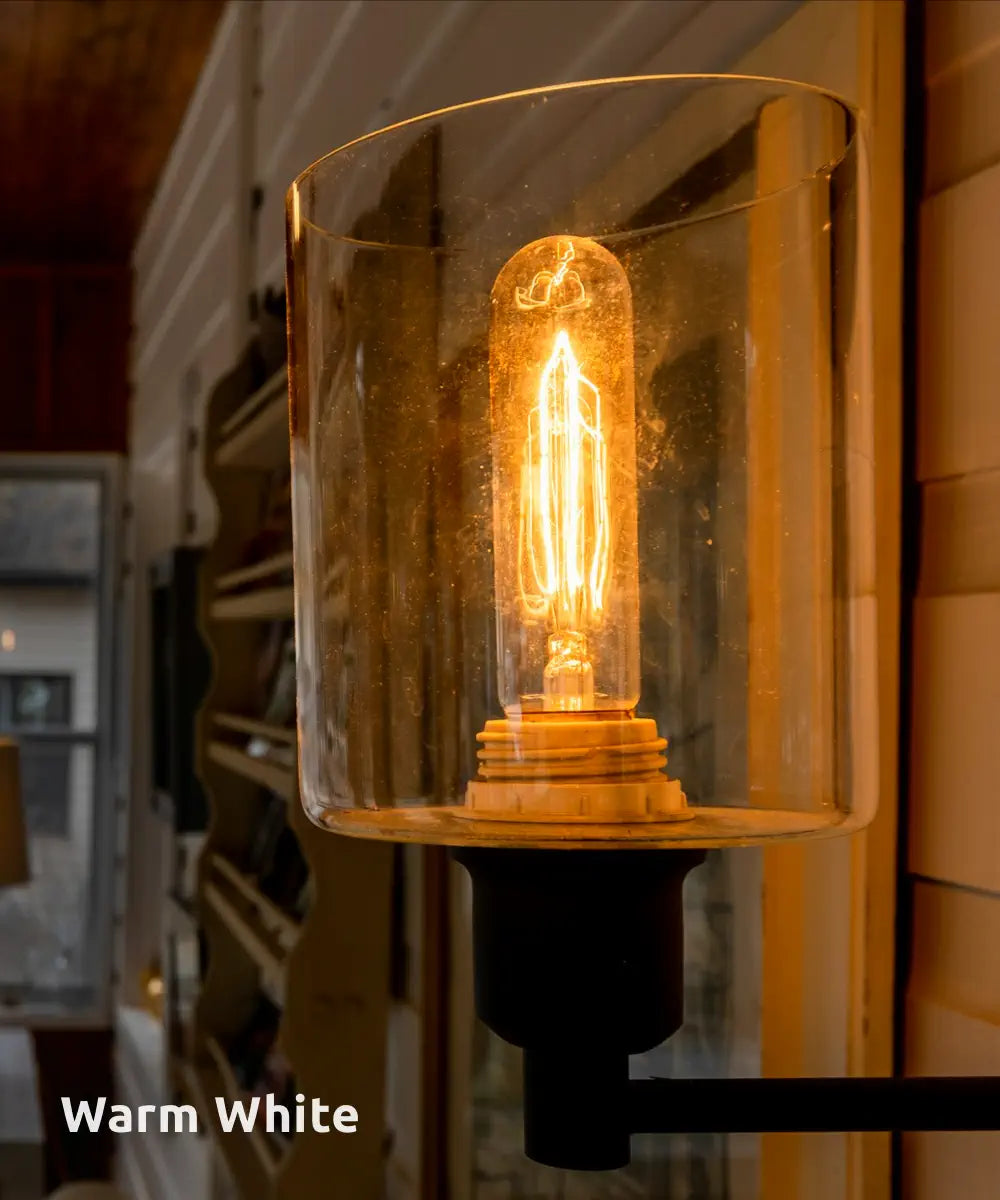
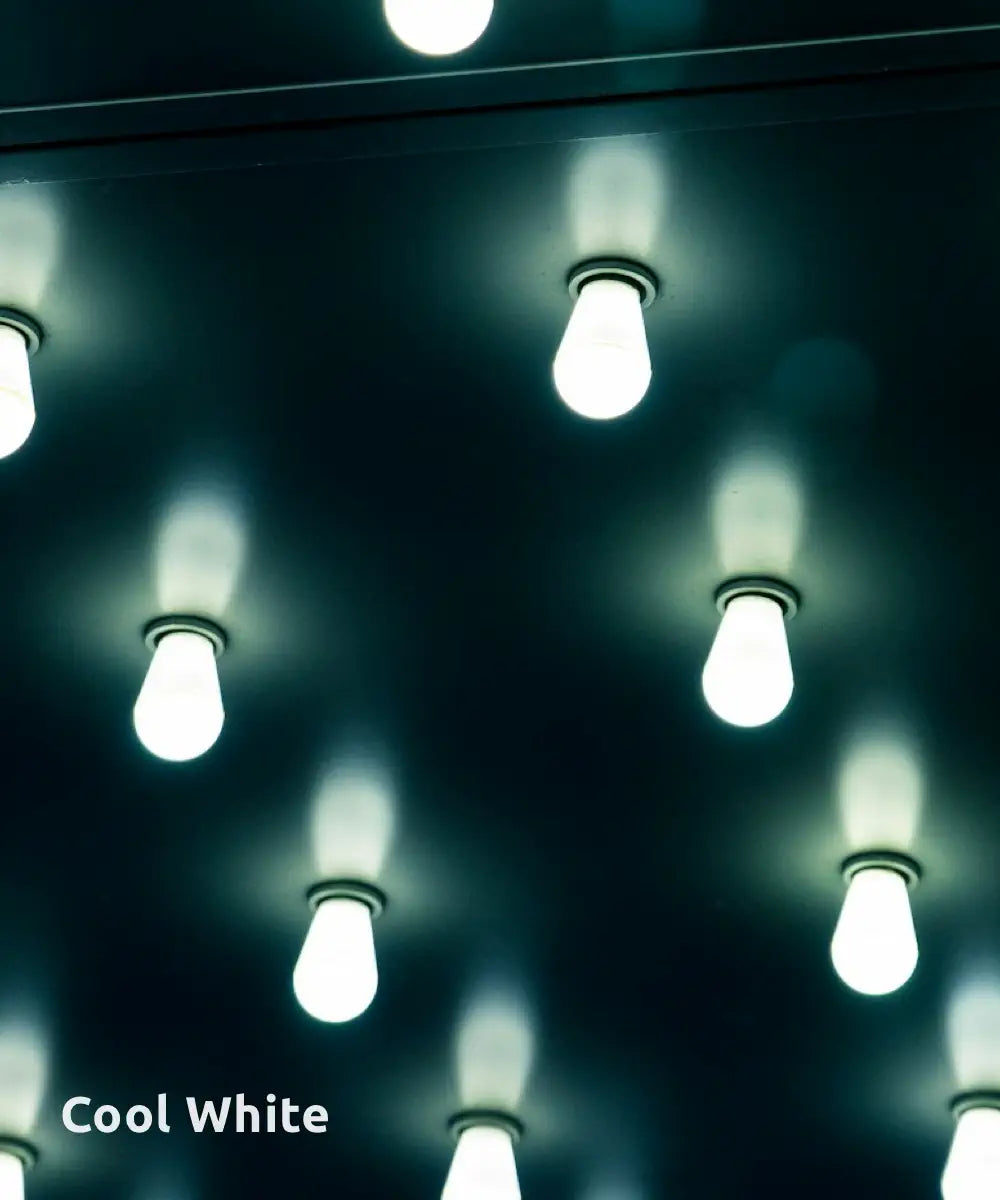
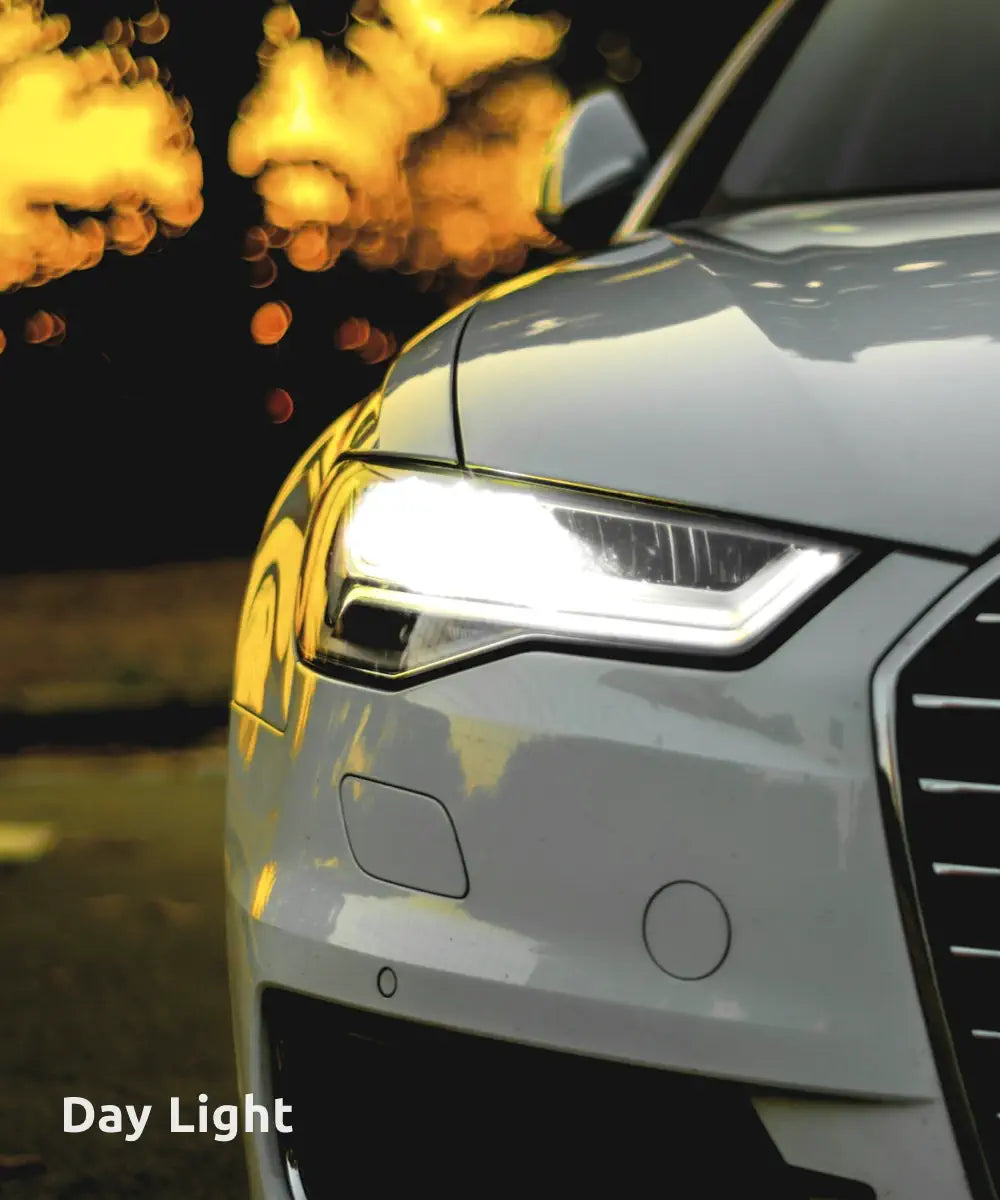
(2700 – 3000K)
Ideal for relaxing garden spaces or patios, this yellowish hue enhances the charm of UK-style stone or brickwork.
(3100 – 4500K)
Excellent for modern driveways or pathways, providing clean, refreshing illumination.
(4600 – 6500K)
Best suited for security and workspace lighting, where brightness and clarity are essential. Commonly used for car headlights.
Tip: opt for warm white lighting for traditional or rustic designs, and cool white for contemporary settings.
3. Bulb Fixtures and Fittings
Before buying a bulb, it’s essential to ensure it fits your fixture. Fixtures come in different designs to meet various lighting needs, whether for practicality, safety, or aesthetics. Fixtures determine how bulbs connect to the power source and how securely they fit.
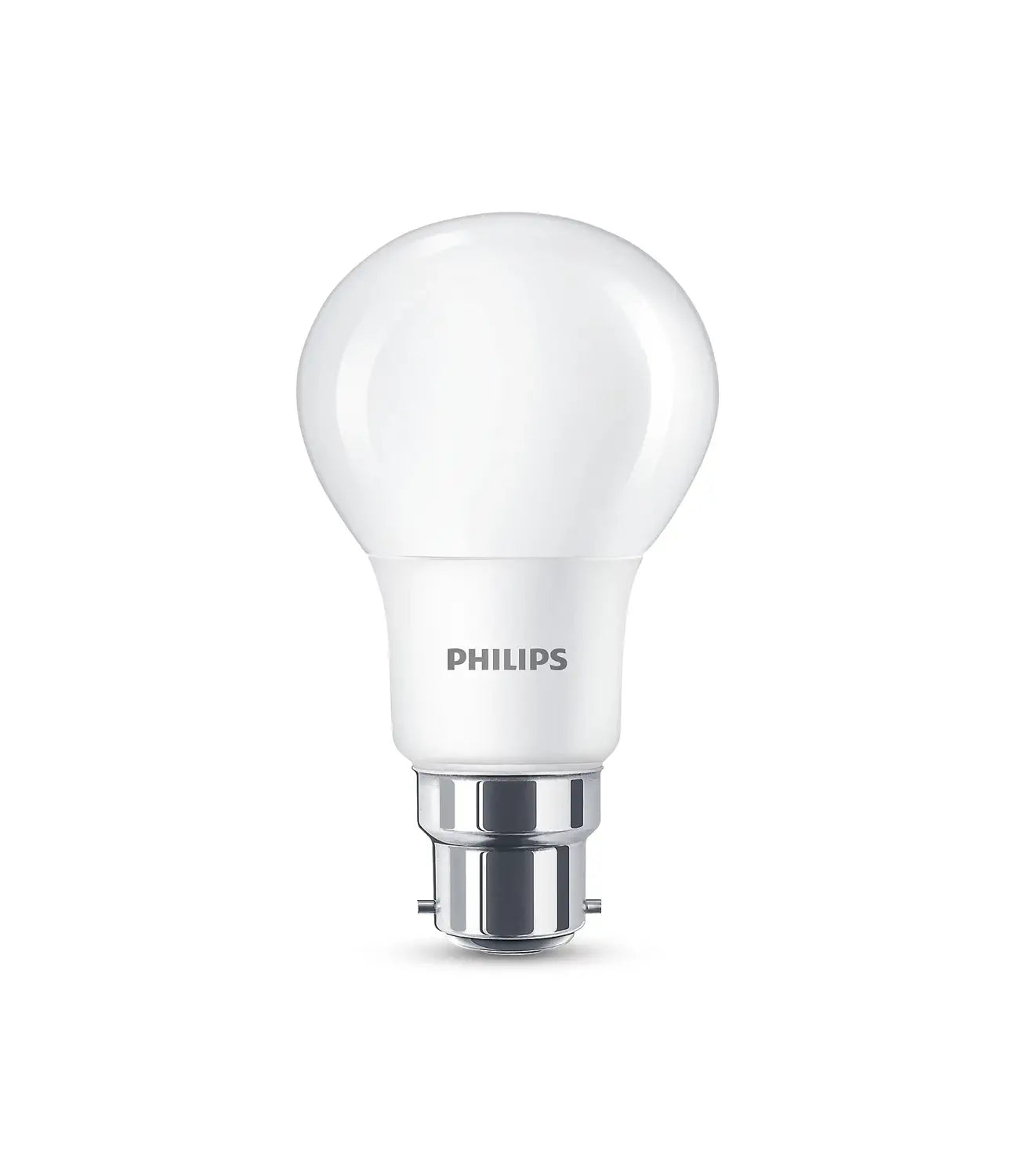
The classic UK fitting, where the bulb is pushed in and twisted to lock into place. These are commonly found in traditional lamps and ceiling fixtures.
Can be purchased here
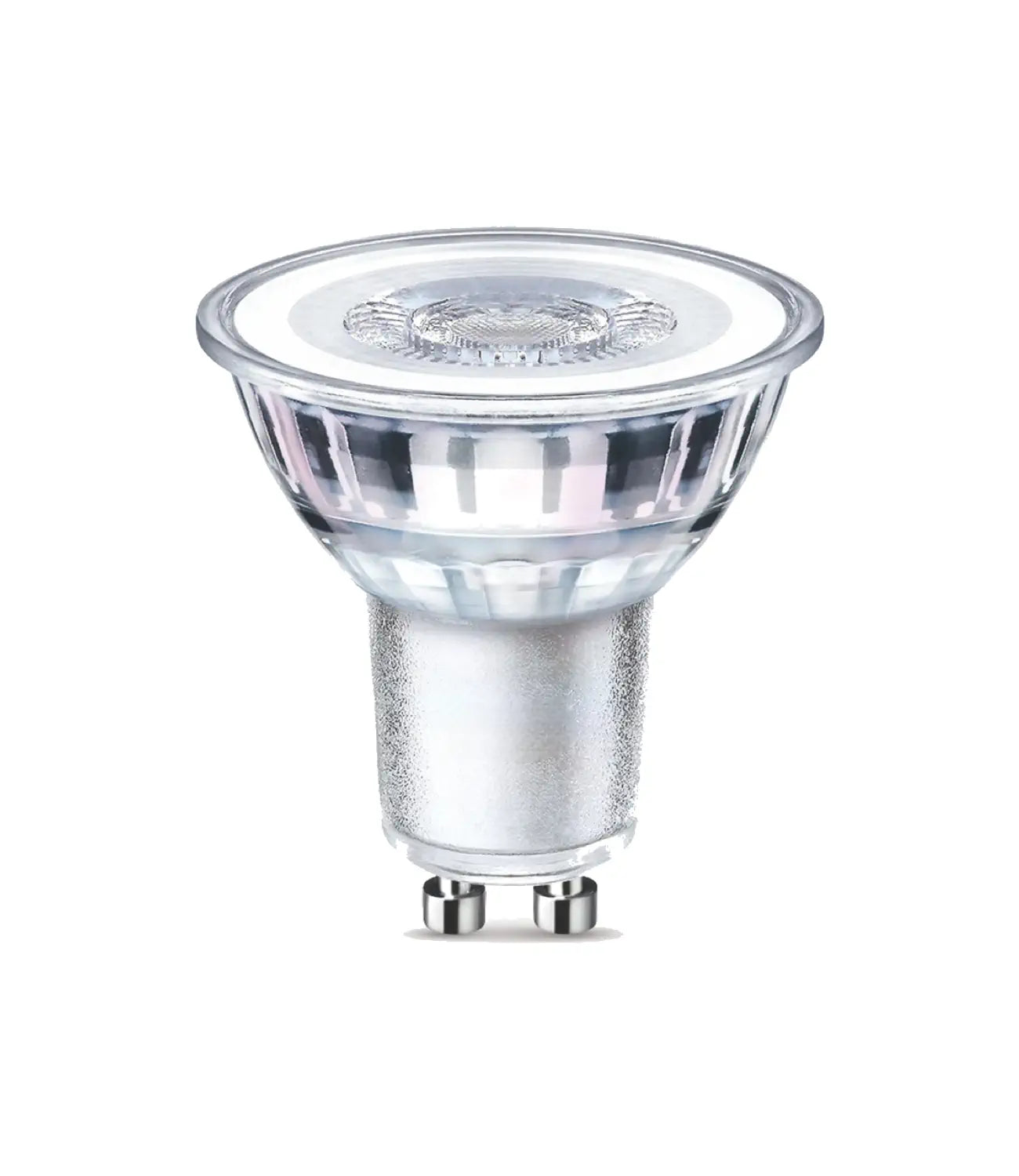
Found in spotlight fixtures, these bulbs twist and lock into place. They’re often used for outdoor wall-mounted lights or directional garden lighting.
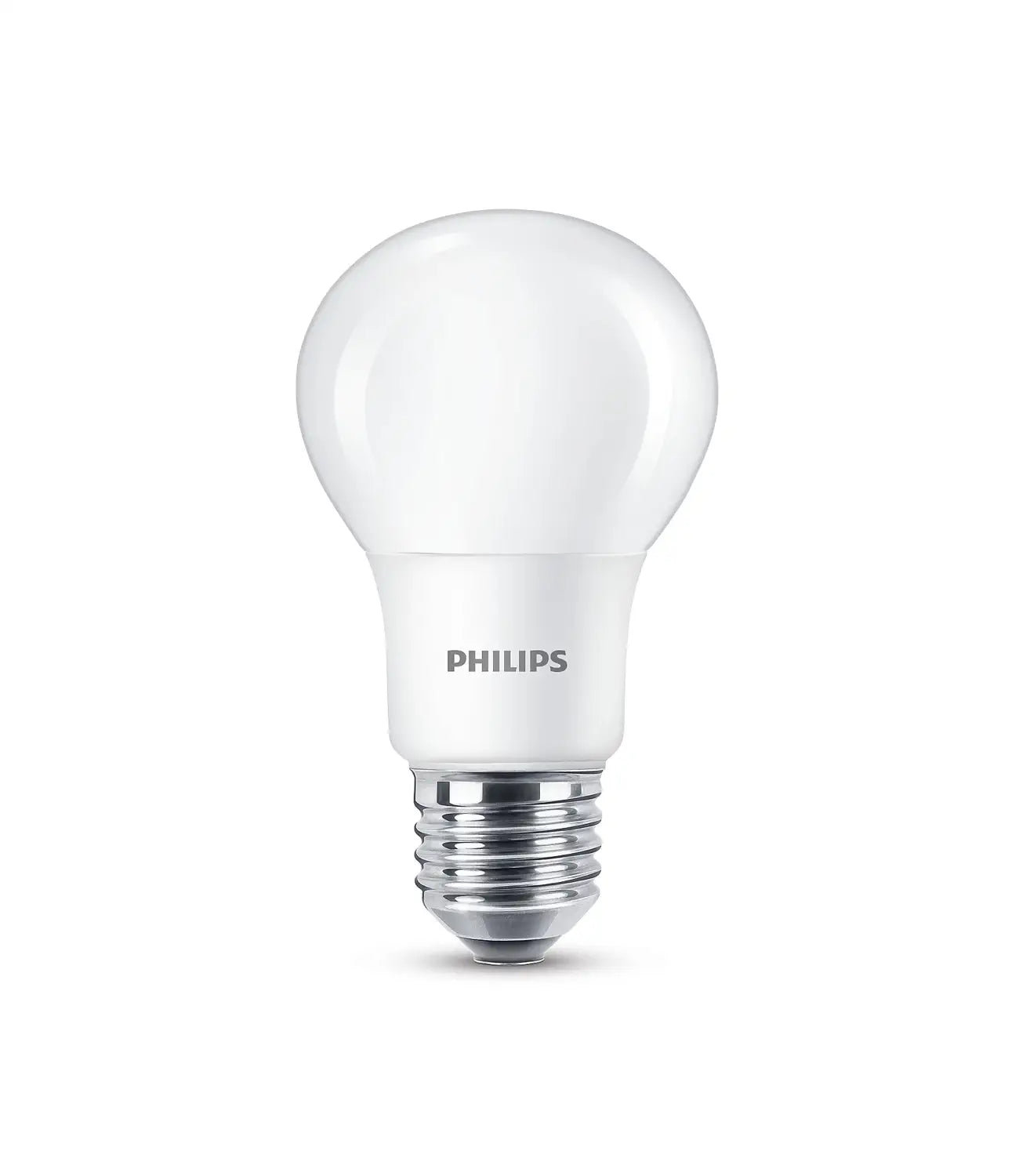
Widely used in modern fixtures, these bulbs screw directly into the socket. They’re simple to install and are becoming increasingly popular in the UK.
Can be purchased here
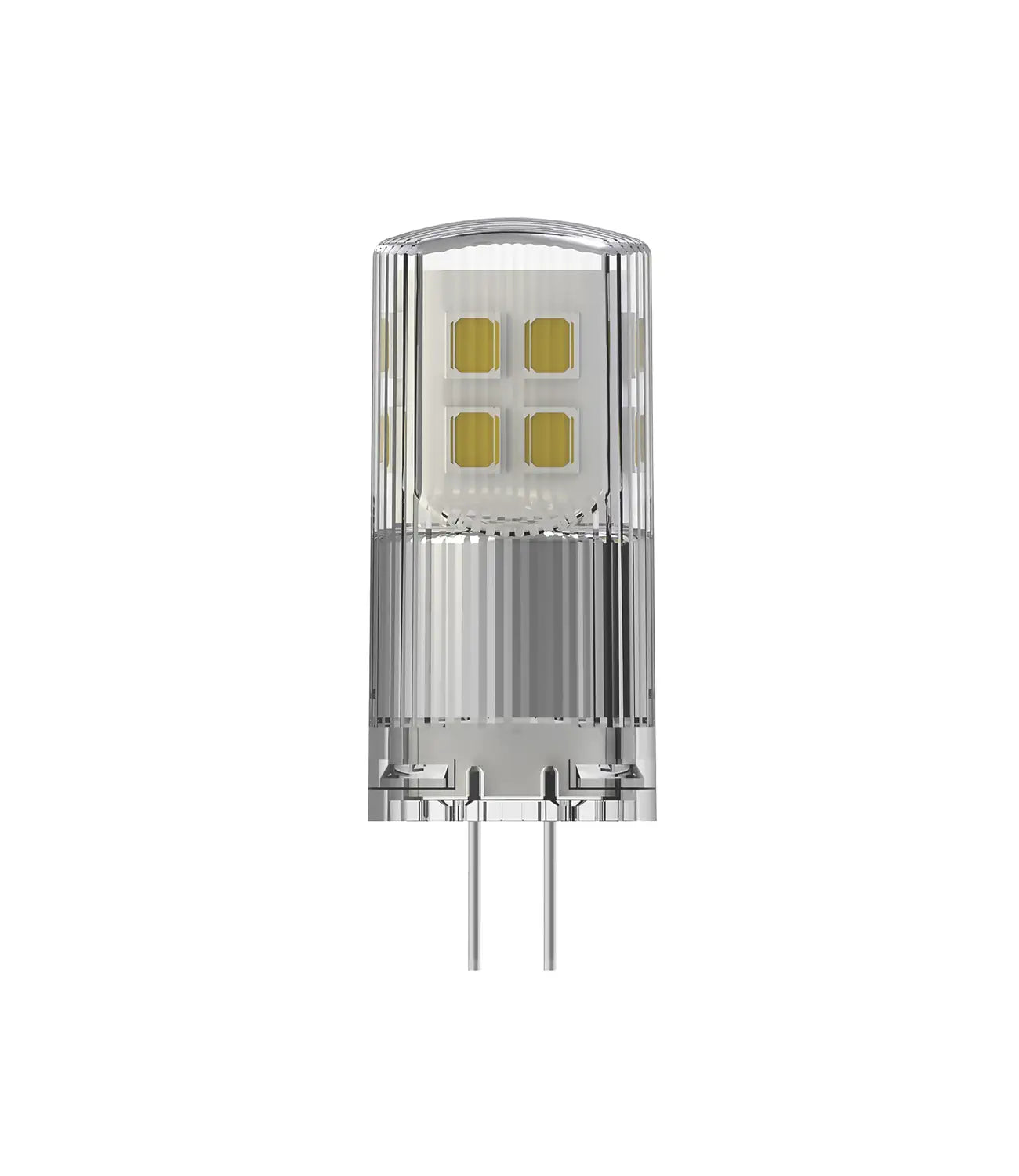
Miniature fittings perfect for decorative lights or compact fixtures. They’re commonly seen in modern garden installations or under-cabinet lighting.
Can be purchased here
The classic UK fitting, where the bulb is pushed in and twisted to lock into place. These are commonly found in traditional lamps and ceiling fixtures.
Can be purchased here
Found in spotlight fixtures, these bulbs twist and lock into place. They’re often used for outdoor wall-mounted lights or directional garden lighting.
Widely used in modern fixtures, these bulbs screw directly into the socket. They’re simple to install and are becoming increasingly popular in the UK.
Can be purchased here
Miniature fittings perfect for decorative lights or compact fixtures. They’re commonly seen in modern garden installations or under-cabinet lighting.
Can be purchased here




Why Different Fixtures?
Fixtures vary to meet safety standards, accommodate design aesthetics, and adapt to regional preferences. Always check your fixture type and compatibility before purchasing a bulb.
How to Choose?
Confirm your fixture type (bayonet, screw, etc.) and bulb size to ensure a proper fit. Pay attention to wattage limits and whether the fixture is suitable for outdoor use if needed.
4. Choosing the Right Bulb for Your Space
Selecting the perfect bulb isn’t just about brightness or energy efficiency; it’s also about how well it suits the space.
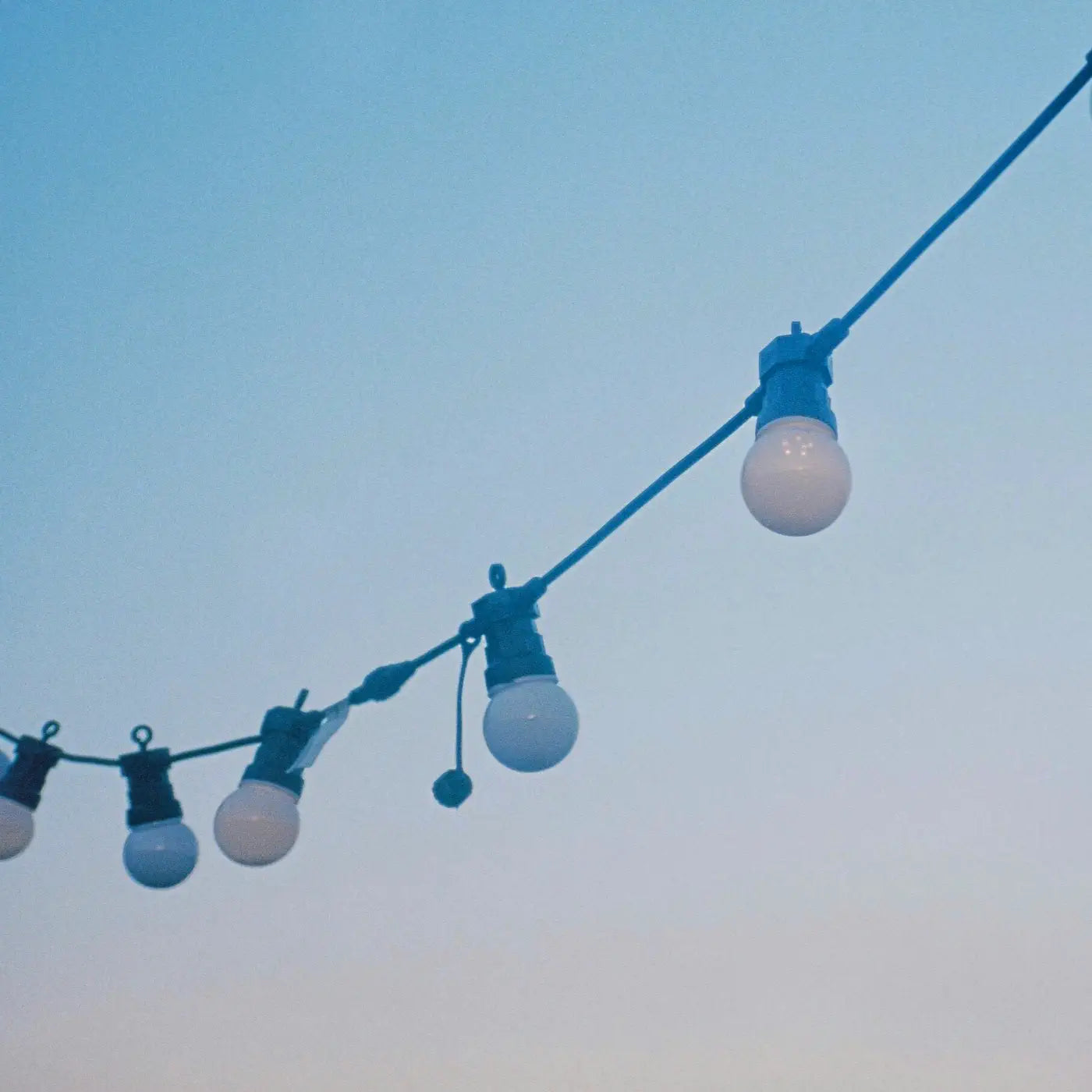
Decorative Fixtures
Smart LEDs let you customise colours for celebrations or themed garden setups.
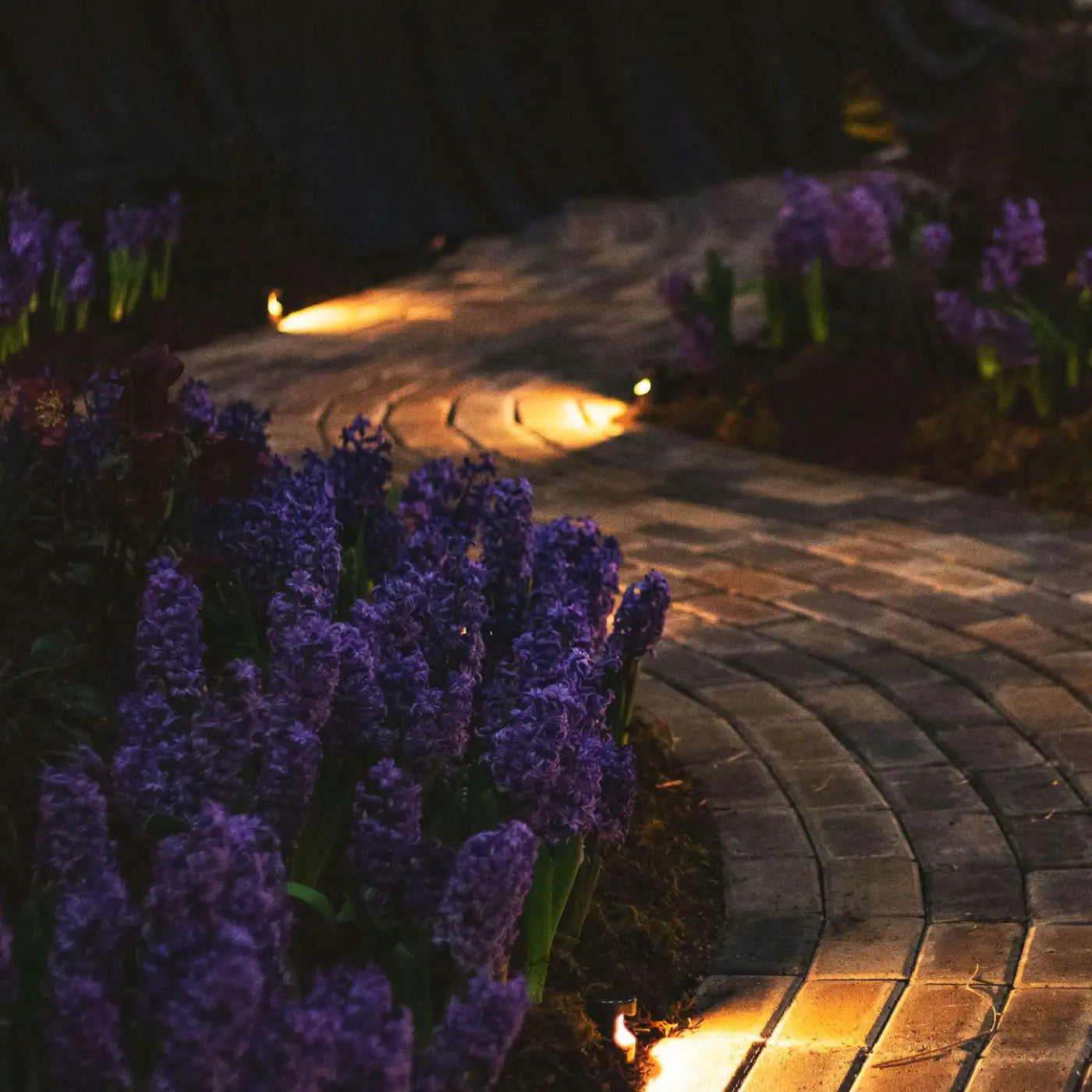
Pathways
Cool white LEDs provide visibility and safety without harshness.

Security Lighting
Choose high-lumen LED or halogen bulbs for entryways or driveways.
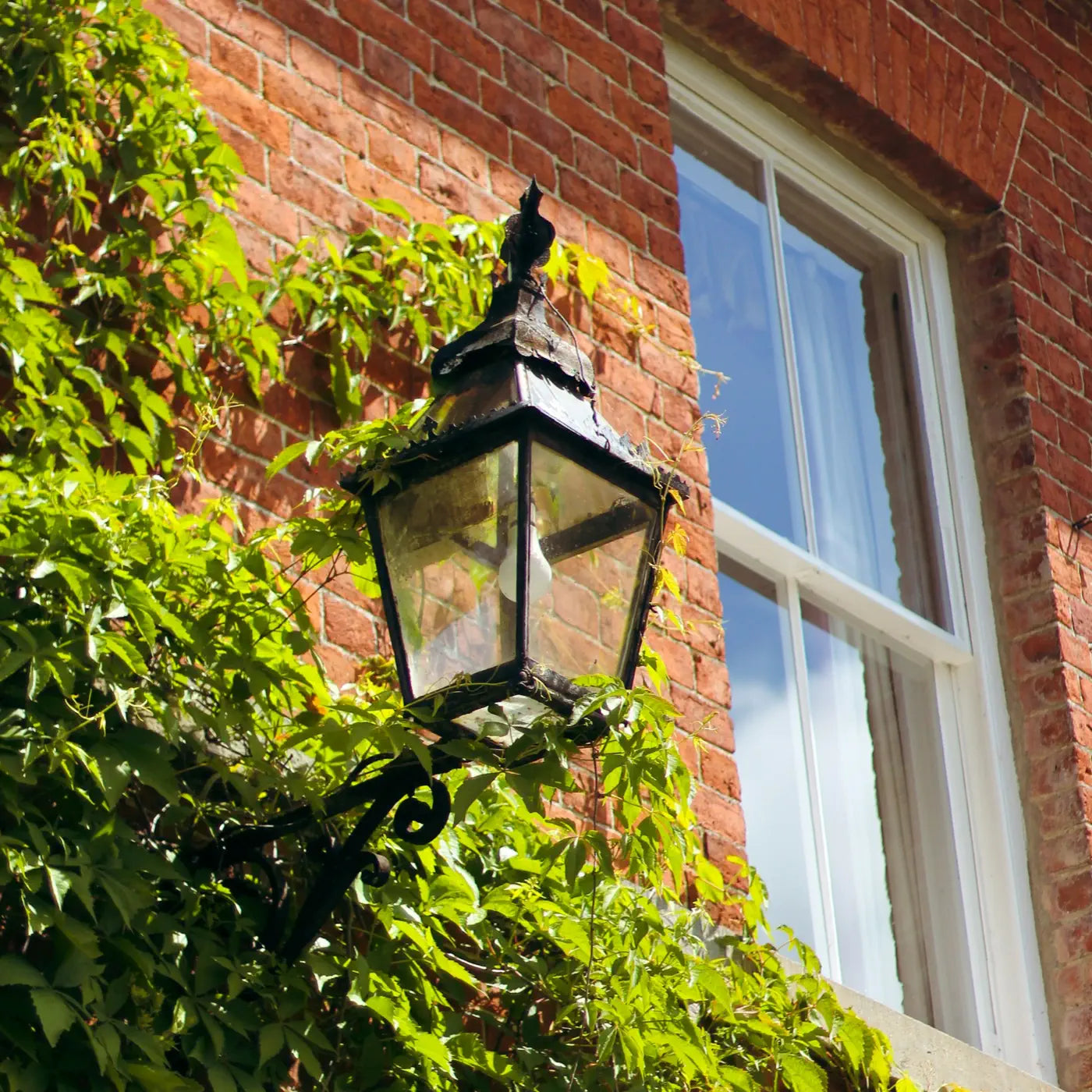
Garden Lighting
Use warm white LEDs to create a tranquil ambience in seating or dining areas. Opt for decorative fixtures with Smart LEDs for added versatility.

Indoor Applications
- Bedrooms: Warm white LEDs for a cosy feel.
- Kitchens: Cool white LEDs for clarity during meal prep.
- Living Rooms: Smart LEDs for adjustable ambience
Did You Know?
600
million light bulbs
The UK has roughly 600 million light bulbs in use, which is about 25 light bulbs per household. This means that there are almost nine light bulbs for each person in the UK.
90%
more efficient
Modern light bulbs are significantly more energy-efficient than traditional incandescent bulbs. LED bulbs consume up to 90% less energy, CFL bulbs use 60-80% less energy, and even halogen bulbs are 20-30% more efficient than their incandescent counterparts. (Screwfix)
12
watts of brain power
The average adult human brain operates on approximately 12 watts of power—equivalent to just one-fifth of the energy consumed by a standard 60-watt incandescent light bulb. (Scientific American)
5. Wattage and Lumens: What Do They Mean?
Understanding wattage and lumens is key to selecting bulbs that balance brightness and energy efficiency.
Refers to the amount of energy a bulb consumes. Traditionally, higher wattage meant brighter light, but with modern LED bulbs, brightness is measured more accurately in lumens. Lower wattage now often indicates better energy efficiency.
- Example: A 60W incandescent bulb produces about 800 lumens, while an LED bulb needs only 8-12W to achieve the same brightness.
Measures brightness. Higher lumens mean brighter light.
Recommendations for UK Outdoor Lighting:
- Pathways: 400-800 lumens (equivalent to 40-60W incandescent).
- Security Lights: 800-1,500 lumens (60-100W equivalent).
- Decorative Lights: 200-500 lumens (20-40W equivalent).
Tip: Opt for low-wattage, high-lumen bulbs for maximum efficiency and lower energy bills.
6. Understanding UK Bulb Numbers
Bulb numbers often appear on packaging, such as A60 or PAR38. These codes indicate the bulb’s shape, size, and use:
Standard pear-shaped bulb with a 60mm diameter.
A reflector bulb with a diameter of 38/8 inches, designed for focused directional lighting.
How They Work
These numbers help match bulbs to fixtures. For example, A-series bulbs are suitable for general-purpose lighting, while PAR bulbs are ideal for spotlighting.
Common examples:
- GU10: Spotlight bulbs.
- MR16: Low-voltage halogen or LED spotlights.
- E27: Edison screw bulbs for general use.
Why It Matters
Switching to energy-efficient bulbs can have a significant impact:
- According to the Energy Saving Trust, replacing all bulbs in your home with LEDs could reduce emissions by up to 40kg annually - equivalent to driving a car 145 miles.
- Households could save £65 per year on average by switching entirely to LEDs, based on typical usage of 3 hours per day per bulb.
Tip: replace high-wattage, low-efficiency bulbs with LEDs for long-term savings. For instance, swapping a 50W halogen bulb for a 5W LED could save £6 annually per bulb.

8. Recycling LEDs in the UK
While LED bulbs are long-lasting, they aren’t universally recyclable through standard household waste collection. In the UK, LEDs should be disposed of through designated recycling centres, such as those part of the Waste Electrical and Electronic Equipment (WEEE) scheme. These centres safely handle components like semiconductors and wiring, which require specialised processing. Read our blog page for more on How To Recycle LED Bulbs in the UK.
Check with your local council for WEEE recycling drop-off points, or ask retailers offering bulb recycling services.
Conclusion
Explore our range of high-quality outdoor lighting solutions at Outdoor Lights UK to find the perfect fixtures and bulbs for your space. Illuminate smartly and sustainably!
Choosing the right light bulb ensures your outdoor space is functional, inviting, and energy-efficient. LEDs are the top choice for most scenarios, balancing efficiency, lifespan, and versatility. For unique needs, halogen, UV, and smart bulbs provide excellent alternatives.
